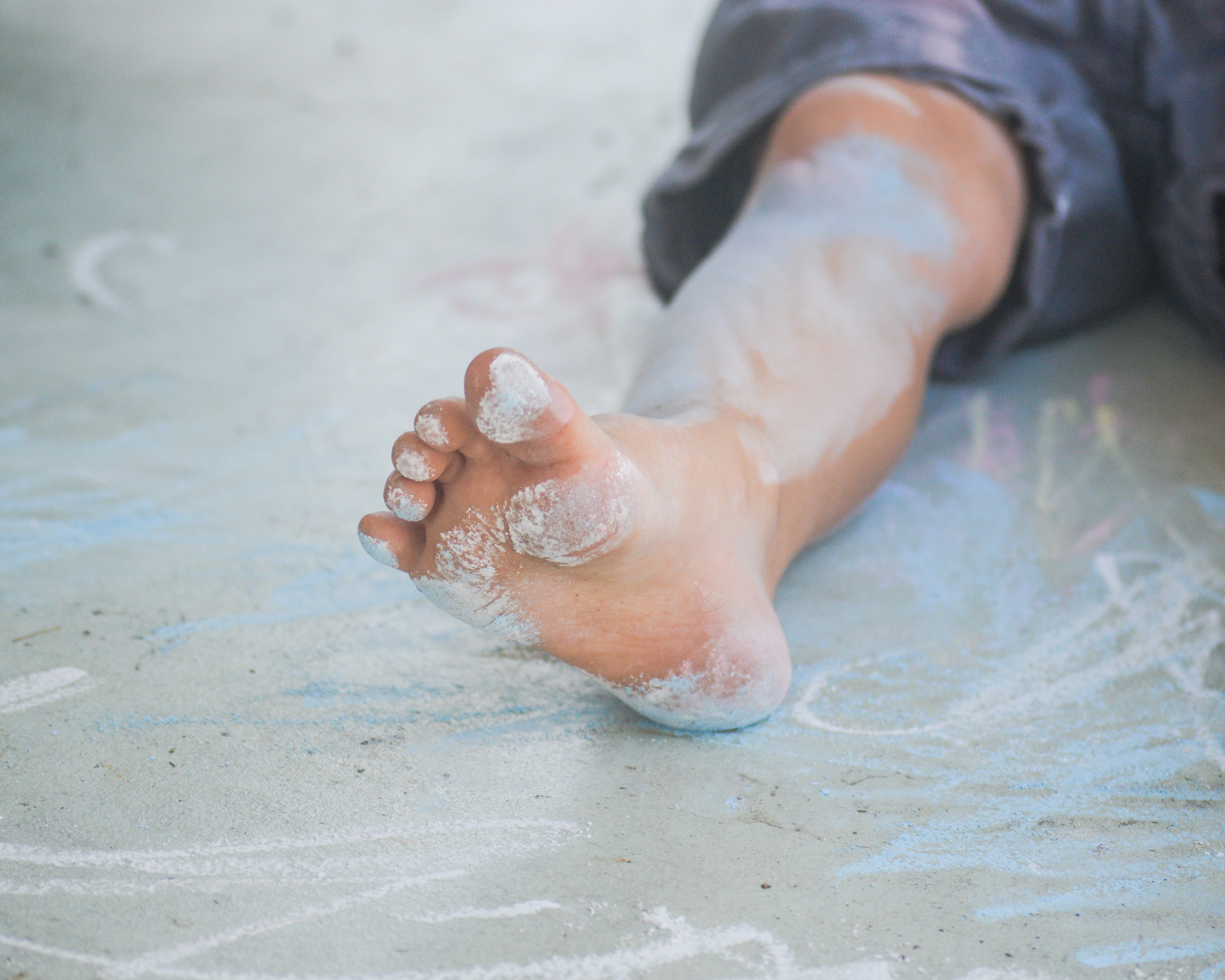The tactile system refers to our sense of touch. We receive information from our tactile system via the skin (from head to toe) to gauge everyday sensations such as temperature, vibration, pressure, itch and pain. It helps us understand the world around us and feel secure exploring our environment. The tactile system has an important role of alerting us when something is unpleasant or dangerous. For some children, this function of the tactile system may be hypervigilant or over reactive. This often results in certain touch sensations being perceived as uncomfortable or scary. If a “threat” is detected, your child may automatically demonstrate a flight or fight response. The fight-flight-freeze response is your body’s natural reaction to danger. The response instantly causes hormonal and physiological changes. These changes allow you to act quickly so you can protect yourself. Your heart rate gets faster, which increases oxygen flow to your major muscles. Your pain perception drops, and your hearing sharpens.
During the flight or fight response, children may hide, avoid or have a meltdown when presented with an activity that seems fun and/or harmless. For example, finger painting, playing with sand, cutting and washing hair. They may prefer to touch rather than be touched and pull away from being touched lightly. They also may avoid contact with other children in the classroom such as standing at the end of a line during assembly or staying at the edge of a group during floor time.
Here are some helpful tips to assist children who are touch sensitive:
· Provide heavy work activities such as jumping, crashing, push/pull games and carrying a heavy backpack.
· Give deep pressure input such as tight hugs and firm squeezes/massages down their arms and legs.
· Heavy work activities and deep pressure can provide tactile input to the body that can modulate the activity of the sympathetic nervous system which controls the flight or fight response, bringing the systems into more of a balanced response and state of arousal. Light touch is often perceived as alerting and even agitating to some people, while deep pressure touch is typically calming and organising to the sensory systems.
· Let the child step back and observe. Support the child to engage in a playful and non-pressured manner, observing the activity rather than feeling expected to engage with it.
Author: Kaylee Cho – Occupational Therapist


0 Comments